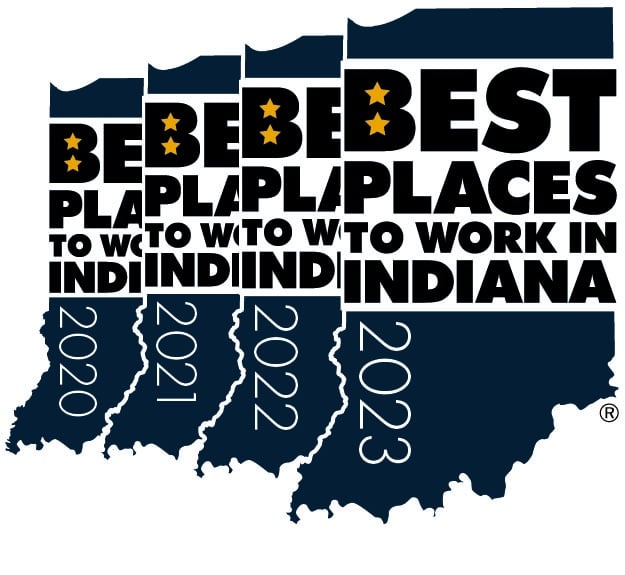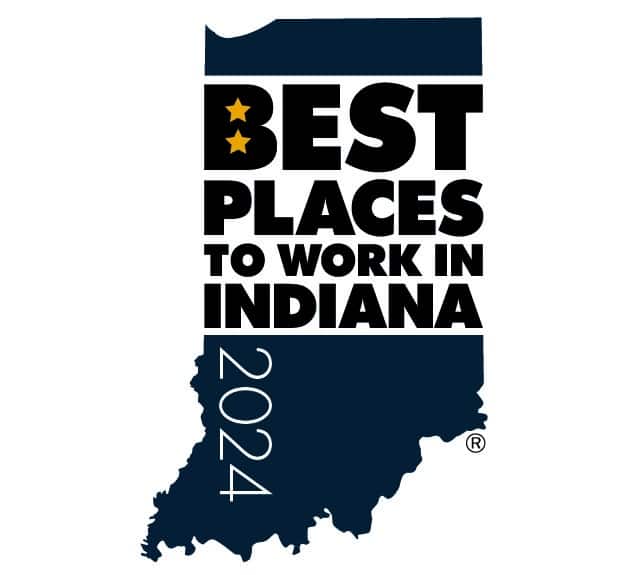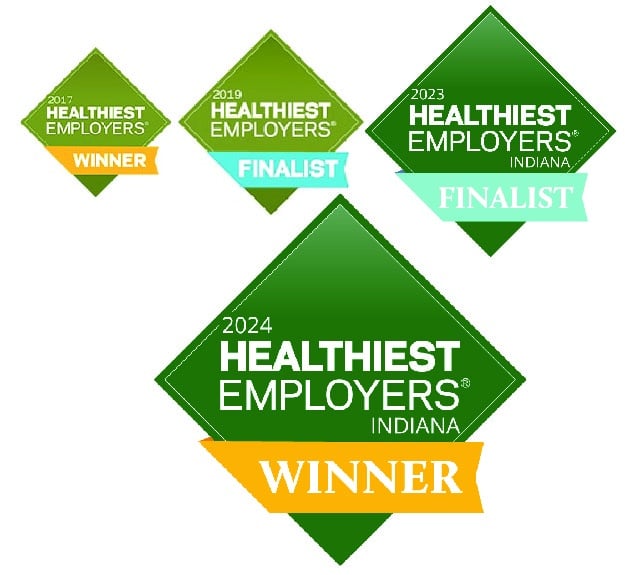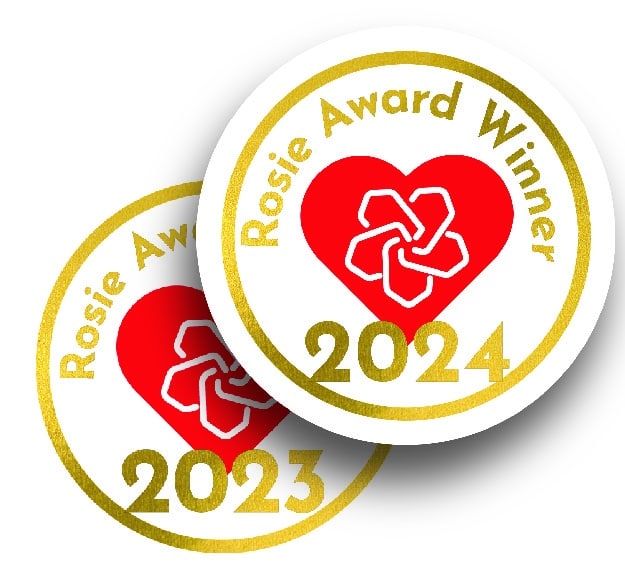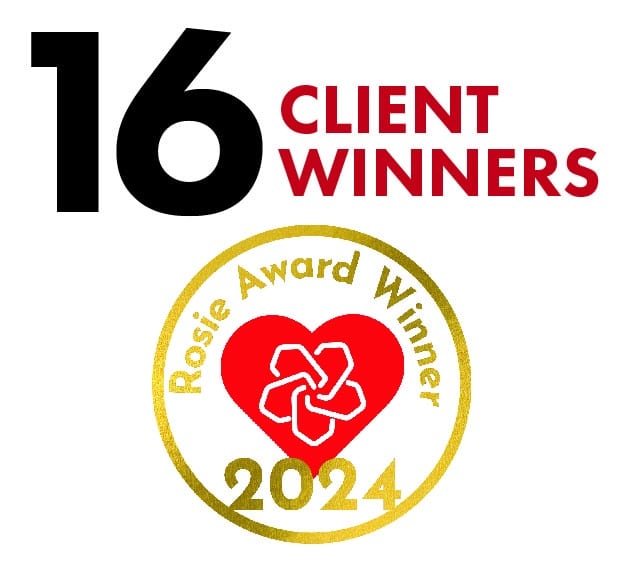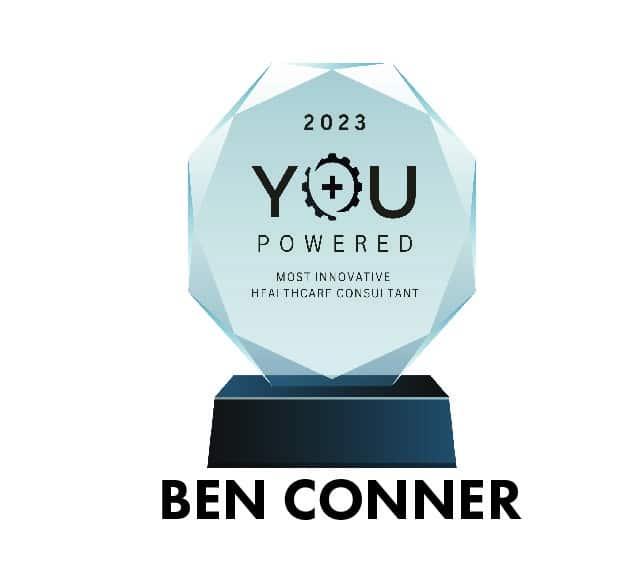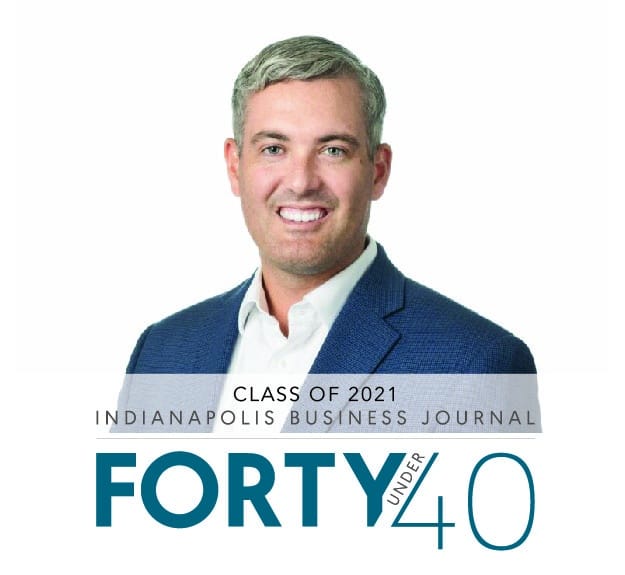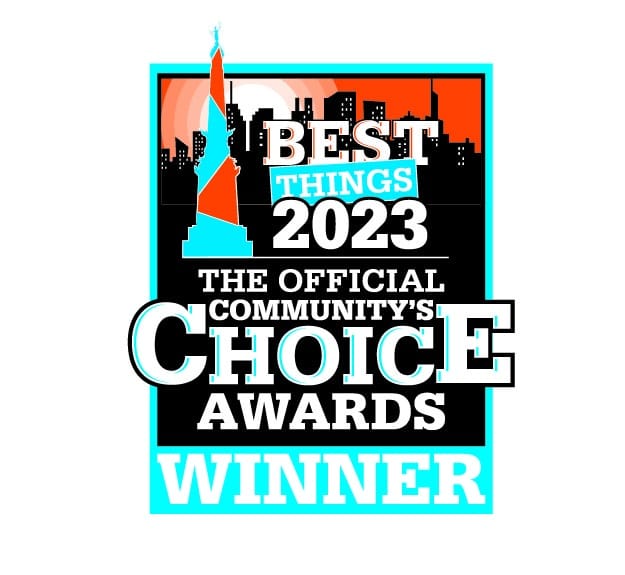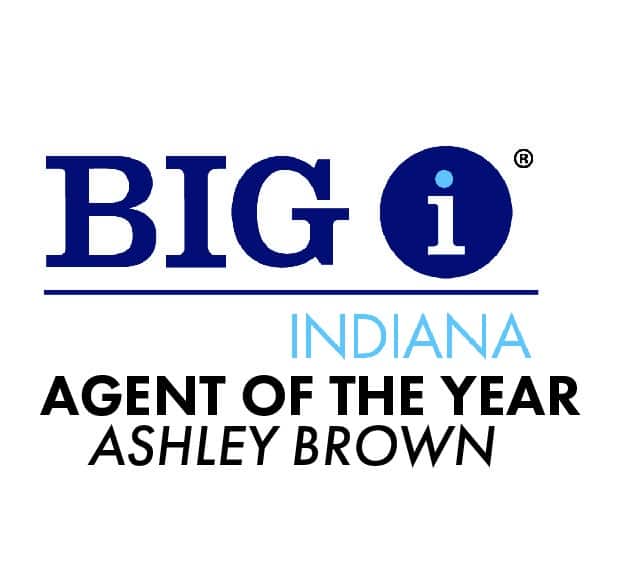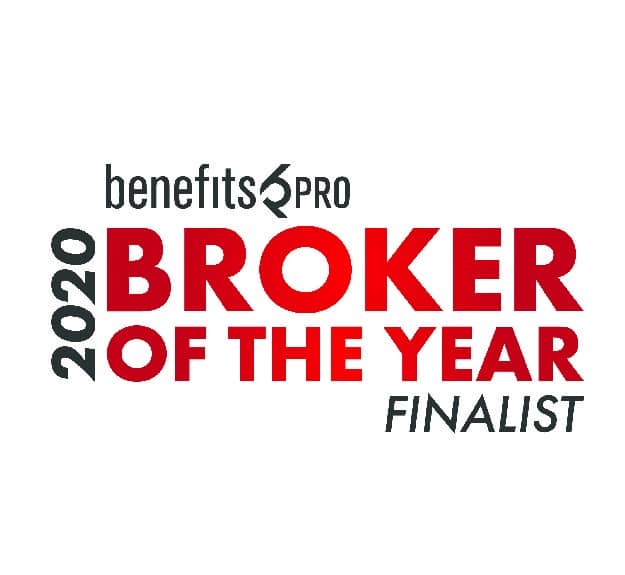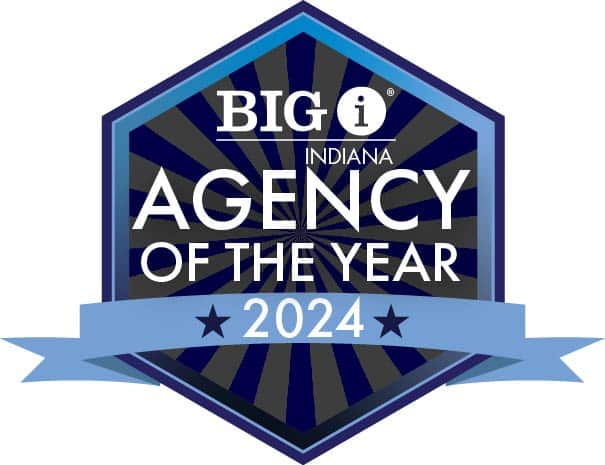The Most Effective Ways to Communicate Benefits to Employees
BY BEN CONNER

Benefits are effective tools for providing employees with the proper resources to manage their health, a factor that also demonstrates how much your company values their talent. Many employers adopt plans with great features and perks, but many of them go unused because the plan is so complicated that employees are unaware they exist or don’t know how to access them. While employers can counter this with better communication, the tactics employers traditionally use are ineffective. We regularly see companies rely on:
- Company meetings. These meetings present many hurdles for employees. First, most companies will hold these meetings once or twice a year, which is too infrequent for most employees to retain the information. Because the meetings are so far apart, employers try to squeeze in an overwhelming amount of information—most of which is quickly forgotten. Finally, these meetings occasionally are targeted to the wrong people. Some employees aren’t the decision-makers in their household, and asking them to sit through a presentation is ineffective.
- Email. Not every employee regularly checks their email, especially employees who don’t work in front of a computer. Emailed benefits updates may soon get buried under other messages.
- Mail. Many people don’t want to read long, complicated messages about health care. They may put the mail aside to read later, but they’ll usually forget.
For most businesses, these channels are poor strategies for increasing benefits participation throughout the year. For greater engagement, new, improved communication tactics are necessary.
A Better Approach to Communicating Benefits
When you properly communicate your benefits to employees, employees better understand how to use the plan to get healthier and reduce costs. Because of this, we encourage our clients to communicate frequently and in ways that their employees are comfortable with. If employees are comfortable with the communication channel, they’re more likely to access and absorb the information.
Instead of company meetings, e-mail, and paper mail, our clients are reaching their workforce through:
- Text messages. Nearly everyone texts on a regular basis. Blasting out short texts can keep the messaging precise and make the information easy to digest.
- Voice mail messaging. Again, contacting people through their phones increases your chances of actually reaching your recipient.
- Video. Videos help people to engage with the content. Videos can also be shared with decision-makers at home who can digest the information on their own time.
- Social media. With the majority of the population on social media, the most popular platforms offer another way for you to quickly distribute information where your employees already are.
Regular, consistent outreach allows employers to emphasize the plan’s greatest features that individuals may not know about, demonstrating greater plan value.
Case Study: Rolling Out Benefits to A National Organization With 3,000 People
One of the companies we work with rolled out new benefits to their 3,000 employees. Instead of relying on mail and group meetings, our client used text messages and voice mail technology to deliver bite-sized pieces of information about the new plan.
Through persistent messaging that their employees actually read, our client saw extremely high adoption from decision-makers in each household. Employees logged into the portal to pick the plans that were right for them because they were properly educated on their plan options.
Now the client is using the same technology to regularly educate their workforce on plan benefits—a tactic that also demonstrates how much the company values their employees.
Communicating Through the Proper Channels
When we reach employees through the right channels, we ensure that our messaging is heard. When employees have the right information, they can take better control of their finances around health care while understanding the lengths you’ve gone to offer robust benefits to keep them healthy—which may ultimately result in lower employee turnover, higher benefits engagement, and healthier employees.
Put simply: Great communication can help you win the war on talent. This war on talent is so challenging, Paycor is holding a seminar in Carmel, IN, later this month to help companies improve their recruiting strategies. Learn more here.

